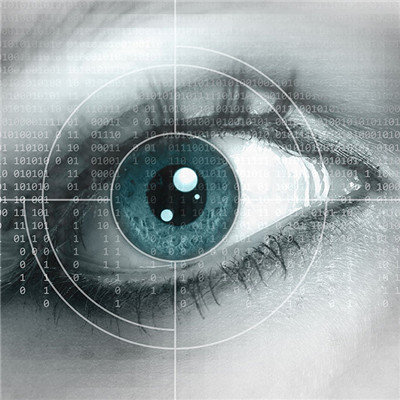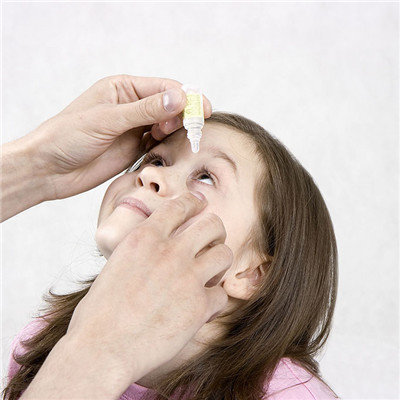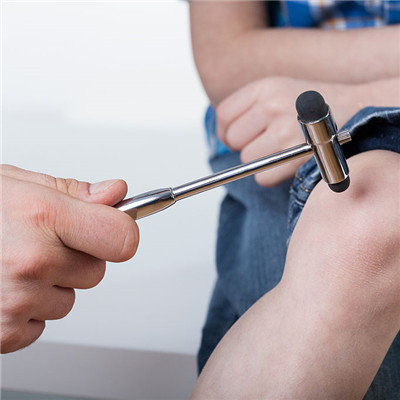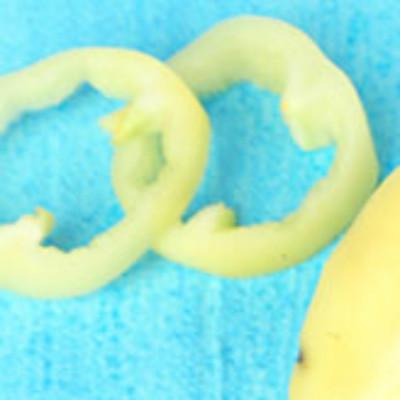Symptoms of eye infection with Toxoplasma gondii
summary
Ocular toxoplasmosis is a worldwide zoonotic parasitic protozoosis, and its pathogen is Toxoplasma gondii. Protozoa is an intracellular parasite, feline is its terminal host, and human and other mammals are its intermediate hosts. Symptoms of eye infection with Toxoplasma gondii? Let's talk about it
Symptoms of eye infection with Toxoplasma gondii
Congenital toxoplasmosis is caused by maternal infection of toxoplasmosis during pregnancy, and then transferred to the fetus. Generally, infection in early pregnancy can cause fetal abortion and premature delivery; Stillbirth and delivery of congenital toxoplasmosis infants occur during late pregnancy infection. The main pathological changes were chorioretinitis, cerebral edema, cerebral calcification and mental and motor disorders, that is to say, the symptoms of central nervous system being invaded were the main ones.

Acquired toxoplasmosis adult acquired toxoplasmosis is more chronic, especially lack of other symptoms of congenital toxoplasmosis. The cases with higher serum antibody titer may be considered as new infection or acquired toxoplasmosis. Acquired toxoplasmosis also has systemic changes when it has eye disease, while congenital toxoplasmosis can only have eye disease alone

Acquired toxoplasmosis with ocular symptoms is rare. If ocular damage occurs, the clinical manifestation is localized exudative retinochoroiditis, which is the same as that seen in recurrent cases of congenital infection. It can occur in one eye or both eyes. The visual acuity of the affected eye is decreased. The fundus lesions are mostly located in the macular or around the optic disc. The retina at the lesion is gray and edematous, and the boundary is not clear. After 2-3 months, the retinal edema and exudation gradually subside, Finally, the lesion was scar.

matters needing attention
The treatment of ocular toxoplasmosis depends on the nature, location, severity and period of the disease. Old lesions generally do not need treatment; Local exudative lesions can be treated with anti Toxoplasma drugs; The recurrent lesions are anaphylactic reaction caused by rupture of cyst or infection caused by release of protozoa. Anti Toxoplasma drugs combined with corticosteroids should also be given. After the lesion subsides, preventive photocoagulation can be performed.














